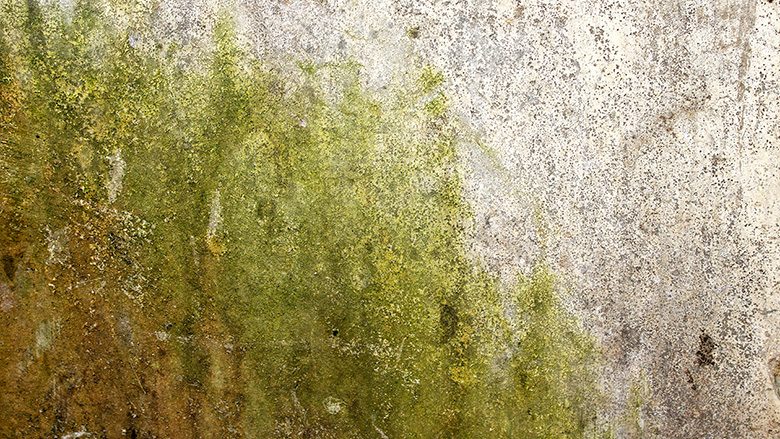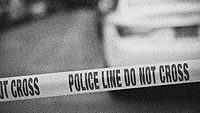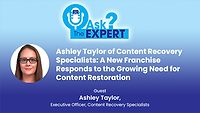Expediting Contents Restoration for Fire Claims

Photo: nicolamargaret / E+ via Getty Images
Fires can cause significant damage to the infrastructure of a home, prompting justifiable concerns from homeowners about the safety and stability of their residences. While structural damage is certainly a concern, homeowners are often just as distraught over damage to the contents of their home. Examples include physical damage to costly electronics, entire wardrobes infused with soot or priceless family heirlooms affected by fire, smoke and water.
Such assets can feel intensely personal, making it important for both the insurance claims adjuster and the damage restoration professional to work in close collaboration with the homeowner toward an expedient resolution. A collaborative process can streamline contents restoration, minimizing the scope of the damage and the overall cost of the claim.
Promptness is Key
One of the watchwords of a successful contents restoration process is speed. Adjusters, claims departments and damage restoration professionals can all support homeowners in the swift documentation of their damaged assets, moving quickly to develop a complete list of affected contents. Any delay in compiling this list can prolong asset recovery and stall payments to the homeowner.
Generating a contents loss list as quickly as possible allows the insurance adjuster to assess the value of each item more accurately, and thus to assign a more precise valuation to the claim. Valuing each lost or damaged item according to like, kind and quality can keep the total cost of the claim accurate and on-target.
Damage restoration professionals can play an essential role here, using inventory assessment software to generate a precise contents loss list on-site, and then sending their valuation directly to the insurance adjuster. This can expedite payments to the homeowner, ensuring that salvageable contents are restored and unsalvageable contents replaced sooner rather than later.
The Value of Packouts
Documentation is just one of the early actions needed to facilitate an optimal resolution. In many cases, homeowners benefit from packout services, which can be coordinated by the insurance company. Again, it helps to arrange packout services as early as possible.
During the initial contents inventory, some items may be deemed unsalvageable. These items will usually be left on-site to be discarded later. Other contents will be eligible for repair or remediation. and/or identified as having sentimental value to the homeowner. A packout service can safely transport these latter items to a secure off-site location where the process of cleaning and deodorization may begin. Crucially, relocating these items promptly can minimize any additional damage that might occur simply by the items remaining in a smoky, wet or soot-covered environment.
The process of removing all smoke and soot from the property may take some time, which is another reason why packout services can prove essential: Treasured and salvaged items can remain safely stored off-site until the property restoration is complete, at which point restored contents can be returned.
Once these items have been successfully transported away, the packout company may use advanced techniques to remove lingering odors, to restore color and aesthetics and to revive normal functionality.
What Can Homeowners Do?
While there is much that insurers and damage restoration companies can do to salvage precious assets, homeowners themselves can play a decisive role in ensuring a frictionless process. Often, it will fall to the claims adjuster and damage restoration professional to guide homeowners through their part. Essential considerations for homeowners include:
- Identifying the items that are most valuable to them, and naming the salvageable assets that they would consider to be top priorities for restoration. Photographing and video documentation of the affected site before it has been disturbed is very helpful.
- Locating and providing relevant documentation whenever possible, including proof of ownership and certificate of authenticity for valuable artwork, collectibles or antiques.
- Recognizing any items that no longer hold value or do not need to be restored (a common need in situations involving “hoarding”).
Given how traumatic it can be to experience a home fire and subsequent property loss, homeowners will understandably feel daunted by these tasks. Through careful coordination, documentation and communication, insurers and damage restoration professionals can offer invaluable support, helping homeowners achieve the highest possible level of recovery following a fire.
Looking for a reprint of this article?
From high-res PDFs to custom plaques, order your copy today!






